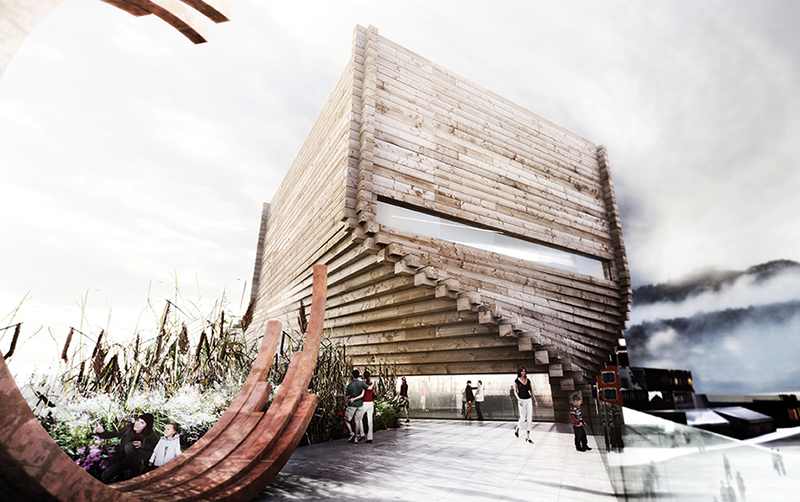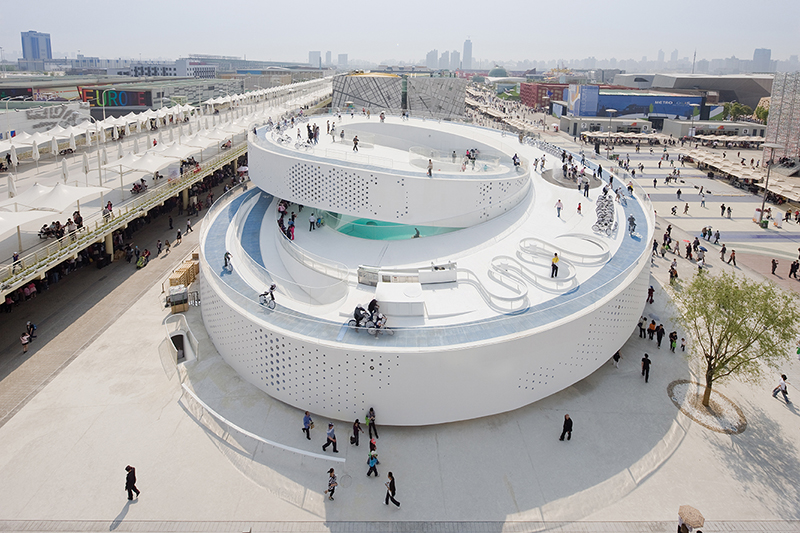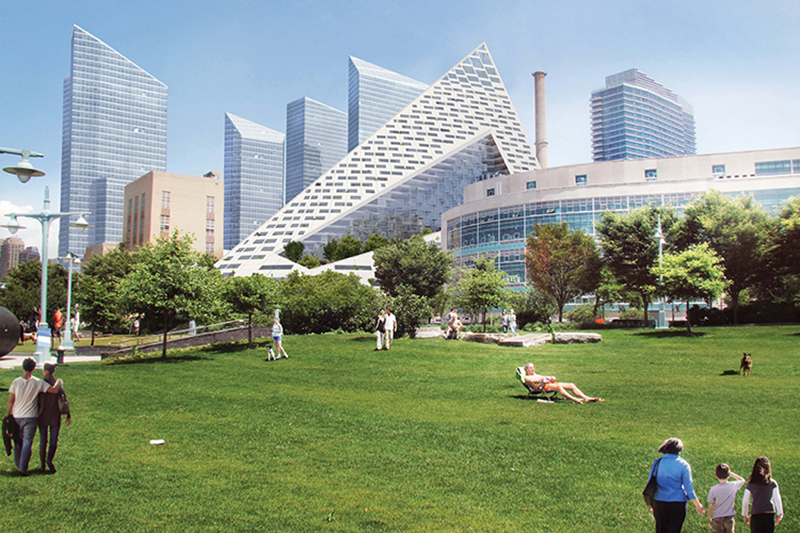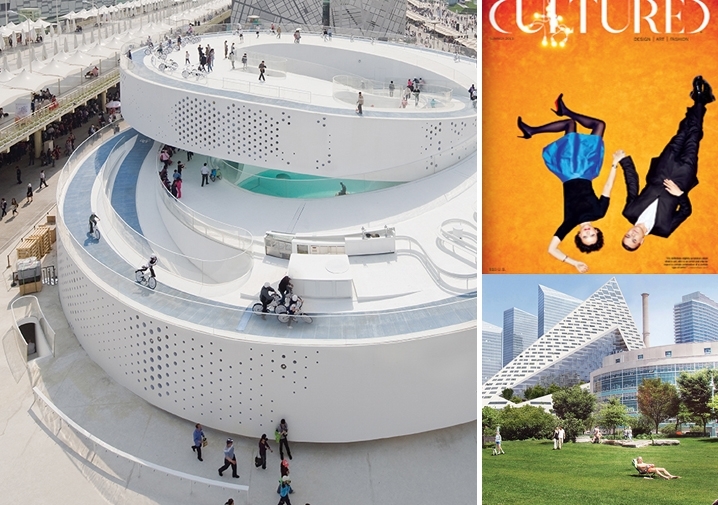Architecture isn’t typically thought of as a young person’s game. Most in the field only begin to earn accolades as they enter mid-life. But, Bjarke Ingels, the 38-year-old Danish darling of the architecture universe, is turning the tide with his innovative designs, eloquent presentations and a healthy dose of bravado. With high profile projects underway and a combined staff of 160 in Copenhagen and New York, Ingels is on a meteoric rise.
What have you discovered working outside of your native country?
One of the perspectives you get when you work in different cultures and in different contexts and climates is that you realize that there’s a lot of empirical knowledge ready to be understood and studied. Each urban condition is evolving its own flora and fauna—and architecture.
Similar to Darwin’s discoveries in the Galapagos—even though globalization and migration have created a lot of similarities across culture and countries—you also have the influences of climate, and the ethnicity and culture of different populations, and you realize there are radically different urban typologies because of this.

Are there any particular architects whose work has influenced you?
I always believe you become a better architect by studying architecture. If you just start from scratch every time without any type of adaptation, you may make a lot of rookie mistakes. You miss the opportunity to be inspired. Work with local ingredients; there’s incredible potential in trying to acquire local knowledge. You reach much higher if you stand on the shoulders of your predecessors.
Speaking of studying architecture, you’ve had the opportunity to teach at several universities, including Harvard and Yale. Is there a pervasive style or interest coming out of architecture schools today?
America has spearheaded this idea of the university attracting students far beyond its country’s borders. It’s becoming increasingly the case in the rest of the world, too, but in the U.S. you have an incredibly international student body here. It’s inspiring in the sense that it provides a place with different people with different perspectives on the same problem.
Similarly, in our offices in Copenhagen and New York, there are about 30 different nationalities represented. That mix creates an environment where people don’t have the same biases and preconceptions. One of the best ways to uncover your own biases is to listen to another person’s point of view. Suddenly you’ll start to question things that you would otherwise have taken for granted.

How did your own experiences studying abroad shape you?
For me, a big breakthrough as a student was when I was in Barcelona, where I was learning and studying in Spanish, a language I had recently acquired. When you speak with a language that isn’t your first, you don’t have that second nature way of wielding the language. So, you actually construct sentences slightly more carefully because you have to express things that aren’t within your vocabulary. You make certain relationships between different aspects of meaning that make you a stronger conceptual thinker. I think everyone should attempt to speak like a foreigner in your own language.
And consider again the international body at universities in this country, you have so many students that speak English as a second language that it leads to a lot of accidental conceptual thinking. That can be quite fruitful.
Have you spent much time in other cities here, in addition to New York and Miami, where you have projects under way?
We just got a big project for the Smithsonian, so I’ve been in D.C. a lot lately. We’ve been selected to create a holistic reimagination of some of the oldest parts of the Smithsonian campus, including the castle, which is the only building that actually pokes into the axis of the Washington Mall. D.C. is like this incredible manifesto city. I ran around the Mall and to the memorials on one recent visit, and it turned into this little history lesson. What I found fascinating is that unlike European monuments, when you go into the Jefferson, Lincoln or MLK memorials, they’re not like churches or palaces built for popes or kings. The monuments in D.C. are dedicated to really fundamental values: equal rights, the freedom of religion—these core values that are practiced today in most parts of the world. I found it incredibly invigorating that even though you have a rather conservative language of neoclassicism, the monuments are built for these freedoms and values that everyone has.

Architecture with soul
It wasn’t the sunshine that brought Dane Bjarke Ingels down to Miami to scratch the skyline with a pair of twisting twin towers. It was a series of chance encounters that included a pavilion, a museum and a man named Nasir Kassamali. Here, Kassamali tells us how the Grove at Grand Bay got its star power.
“David Martin of the Terra Group called me one day about a project he wanted me to consult on. He brought me over to see the plans, and well, they did not speak to my soul. After I told him that, he asked me who I would suggest, and I said ‘I know this incredible young Danish architect.’
When I showed them his books, as I had just gone to see a museum show his work was included in, they began questioning ‘but what has he built?’ I like the way he thinks, I told them. ‘But he’s so young.’ So, what’s wrong with that? Finally, they say, ‘Ok, bring him to us.’ Bjarke had just been in Miami two weeks prior to present the Audi pavilion he designed for Design Miami/, and was in China when I called him to come back and meet with the Terra Group…When we went to Bjarke’s New York office—which is like all young creative offices, a mess—David turns to me and says, ‘Nasir, who is this guy?’”


